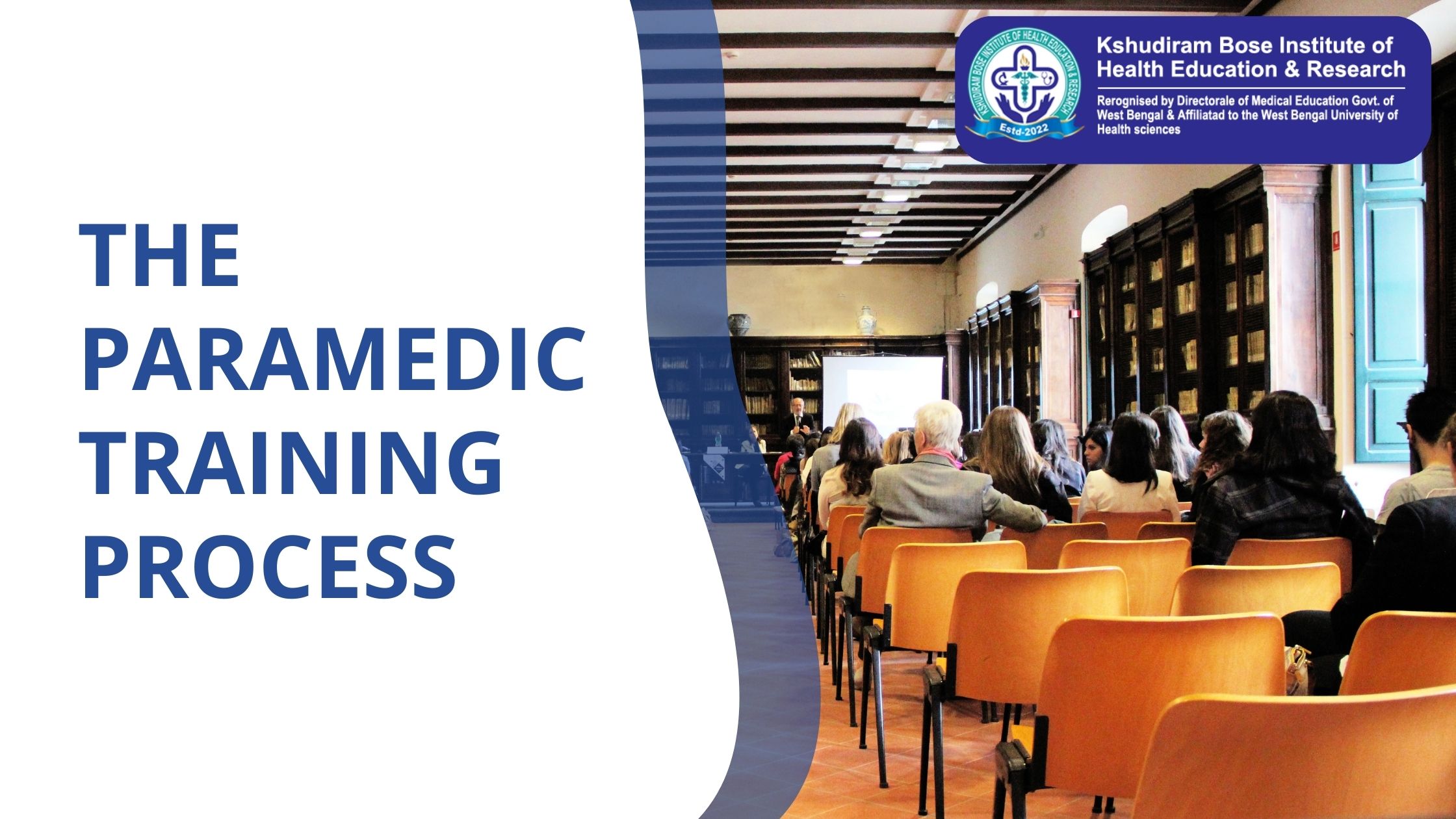Becoming a paramedic is a multi-step process that requires a combination of education, training, and certification. Paramedics are healthcare professionals who provide advanced medical care to individuals in emergency situations. Here's an overview of the paramedic training process:
Prerequisites:
- High School Diploma or GED: Most paramedic programs require candidates to have a high school diploma or its equivalent.
- Basic Life Support (BLS) Certification: Many programs require candidates to have BLS certification, which covers basic life-saving techniques like CPR.
EMT-Basic Certification (EMT-B):
- Before becoming a paramedic, candidates typically need to complete EMT-Basic training and obtain certification.
- EMT-Basic training programs are relatively short and can often be completed in a matter of weeks. These programs cover basic medical and emergency skills.
EMT-Intermediate (EMT-I) or Advanced EMT (AEMT) Certification (optional):
- Some states offer intermediate levels of EMT certification, such as EMT-Intermediate or Advanced EMT (AEMT). These levels provide additional training and skills beyond EMT-Basic but are not as comprehensive as paramedic training.
Paramedic Education:
- Paramedic education is more extensive and in-depth than EMT training. It typically involves completing a paramedic program offered by a community college or vocational school.
- Paramedic programs can vary in length but generally take 1 to 2 years to complete.
- The coursework includes classroom instruction, hands-on skills training, and clinical rotations in hospitals or other healthcare settings.
Clinical Experience:
- Paramedic students must complete a certain number of hours of clinical experience to gain practical skills in various healthcare settings. This includes time in emergency rooms, operating rooms, and ambulances.
Field Internship:
- Following classroom and clinical training, paramedic students usually participate in a field internship or ride-along program where they work under the supervision of experienced paramedics to gain real-world experience.
Certification Exam:
- After completing their paramedic education and training, candidates must pass the National Registry of Emergency Medical Technicians (NREMT) paramedic certification exam. This exam assesses both knowledge and practical skills.
State Licensure:
- In addition to NREMT certification, paramedics must obtain state licensure to practice. State requirements can vary, so it's essential to check with the specific state's EMS authority for their licensure process.
Continuing Education:
- Paramedics are required to complete continuing education to maintain their certifications and licenses. This includes ongoing training to stay current with the latest advances in pre-hospital care.
Specializations and Advancement (Optional):
- Some paramedics choose to specialize in areas like critical care, flight paramedicine, or tactical paramedicine. Specializations often require additional training and certification.
It's important to note that the exact requirements and process may vary by state or country. Additionally, paramedics work in high-stress and critical situations, so strong communication skills, problem-solving abilities, and the ability to remain calm under pressure are essential qualities for success in this field.
